Gritty Take: Why Shimano’s GRX Group Is A Big Deal- by Guitar Ted
[adrotate group=”4″]
Shimano’s news of the GRX group of components released today was all over the internet. However, weights, specs, images, and speculations on the future use and development of GRX are one thing. What I found extraordinary is how Shimano went about this.
I’ve not always been a Shimano fan, especially back in the 1990’s when Shimano represented the “Evil Empire” and was castigated by many mountain bikers especially for their “bullying” of the small cottage industry of MTB parts and components. The “CNC Era” was the heyday of innovations and the height of choice. Shimano represented the crushing force that took all that away. Real or imagined, this image of Shimano was what I came away with circa 1992. Then, of course, hindsight has shown that much of those wacky, under engineered, and at times, unsafe bits and bobs of the 90’s really weren’t “all that”. Shimano had done its homework, What they did back then was just make great, reliable componentry.
In fact, Shimano, while being castigated by many folks to this day, is a company that doesn’t jump on a trend immediately. They take stock of things. They study, they investigate. They prototype ideas, and test extensively. This comes off as being “slow to market” by many. (Think 1X drive trains, as an example). This is an incorrect perspective of the Japanese component giant. Shimano is not interested in being first to market. They are interested in being the best in the market.
That Shimano has come out with a dedicated component group for gravel and adventure cycling first is then a remarkable thing. Shimano did it without short circuiting their own culture though. The press release said it was a component group born out of a “multi-year study” of the genre. As always, Shimano has been busy behind the scenes long before anyone knew that GRX was going to be announced. The parts had been thoroughly tested and approved. As always with Shimano, failure is not an option.
If you were observant, Shimano did give away its hand a bit early. There was the appearance of the “Gravel and Adventure Cycling” group administered by Shimano on Facebook. Shimano also brought over key employees from Japan to ride and observe at several gravel events across the U.S. in 2018. Shimano released the RD RX8000 Ultegra Shadow Plus clutch rear derailleur in 2018. So, one had a clue that something was up. However; I don’t think anyone outside of Shimano and key industry OEM partners would have guessed that it would be a dedicated component range slotted alongside Mountain and Road components. Part of the road group? Sure, as cyclo cross was an extension of the road components, so too would the gravel stuff, but in reality, GRX is a stand alone group and will be different from road components going forward. In fact, it is interesting to note that in the press release, cyclo cross use of GRX is encouraged. So perhaps even those niche components are crossing over from Road as well.
In the end, what does this move by Shimano say to us? I think that it gives us a clue to the future of cycling as Shimano sees it. A future where adventure and drop bar bikes are preeminent forms of cycling and Road and Mountain continue on as separate pursuits. At the very least, Shimano has proven by this effort that it sees gravel/adventure cycling as being worthy of its own, specific to its nature, components, much as it did with MTB in the early 1980’s. Time will tell, obviously, but it is clear that Shimano has placed its bets. Shimano isn’t one to typically lose on these sorts of gambles either. Coming from a culture where failure isn’t an option, this is a significant, and bold, move.
Gritty Take is an occasional feature on Riding Gravel where we allow editorial takes on issues and subjects related to gravel riding. The opinions stated are those of the author and may not necessarily reflect those of RidingGravel.com, its advertisers, or staff.


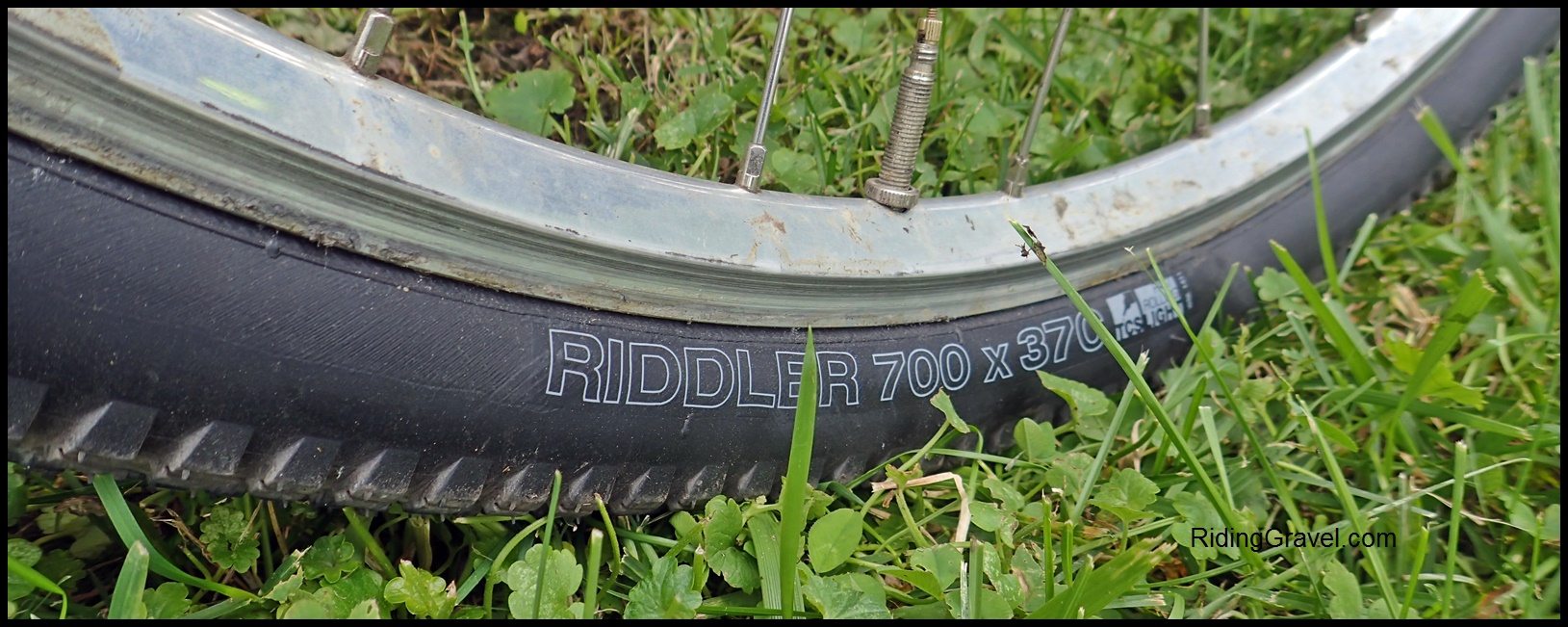
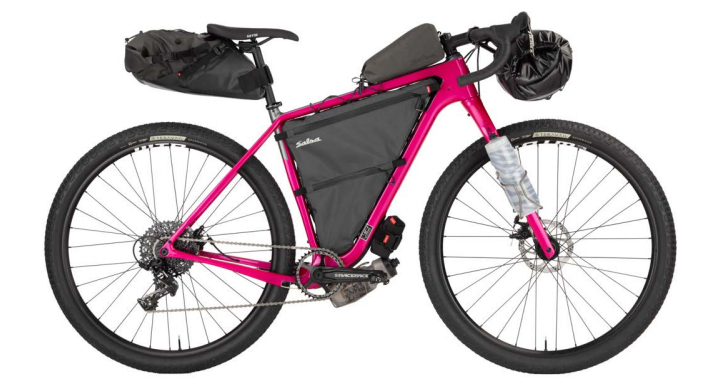
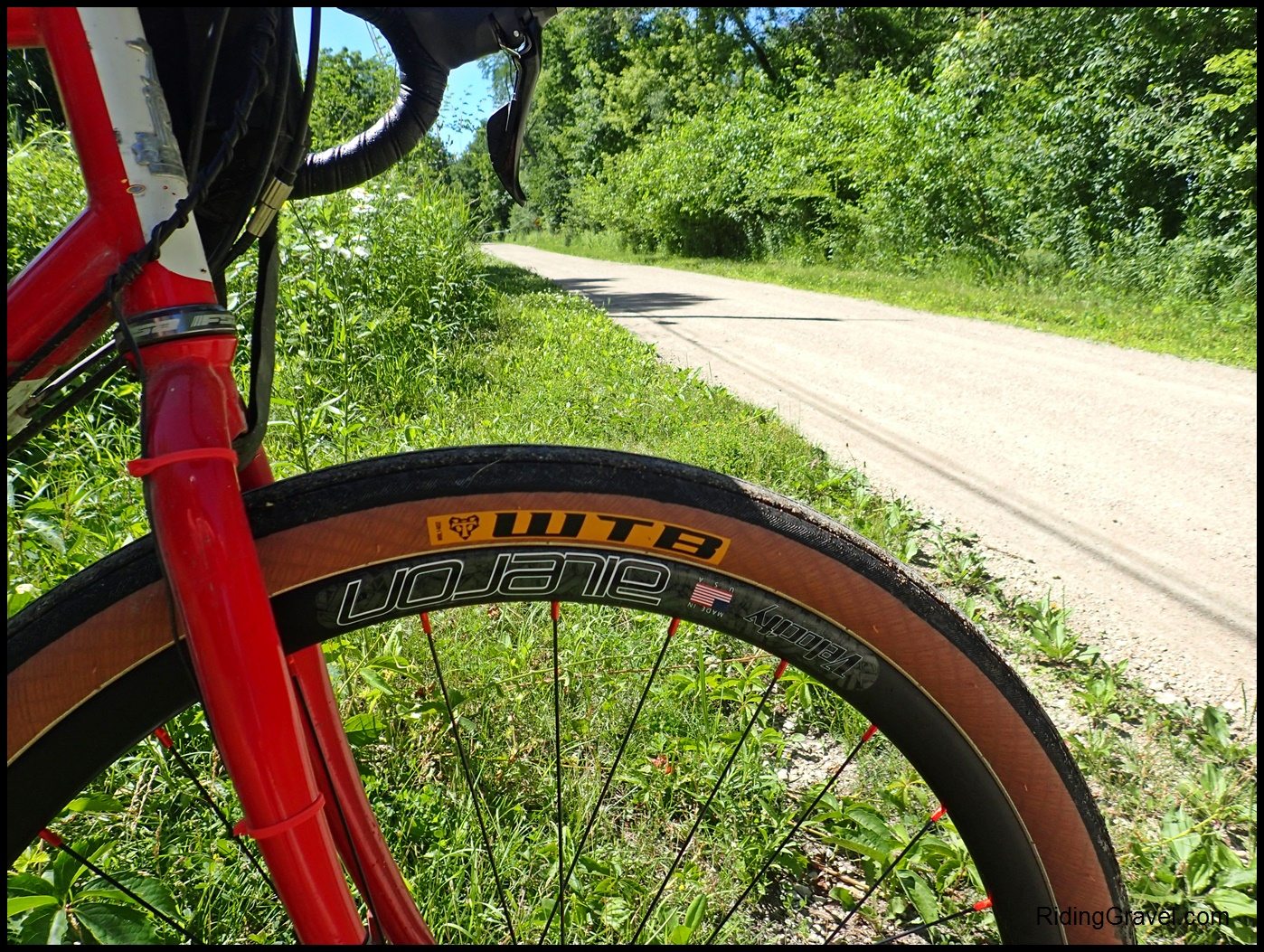
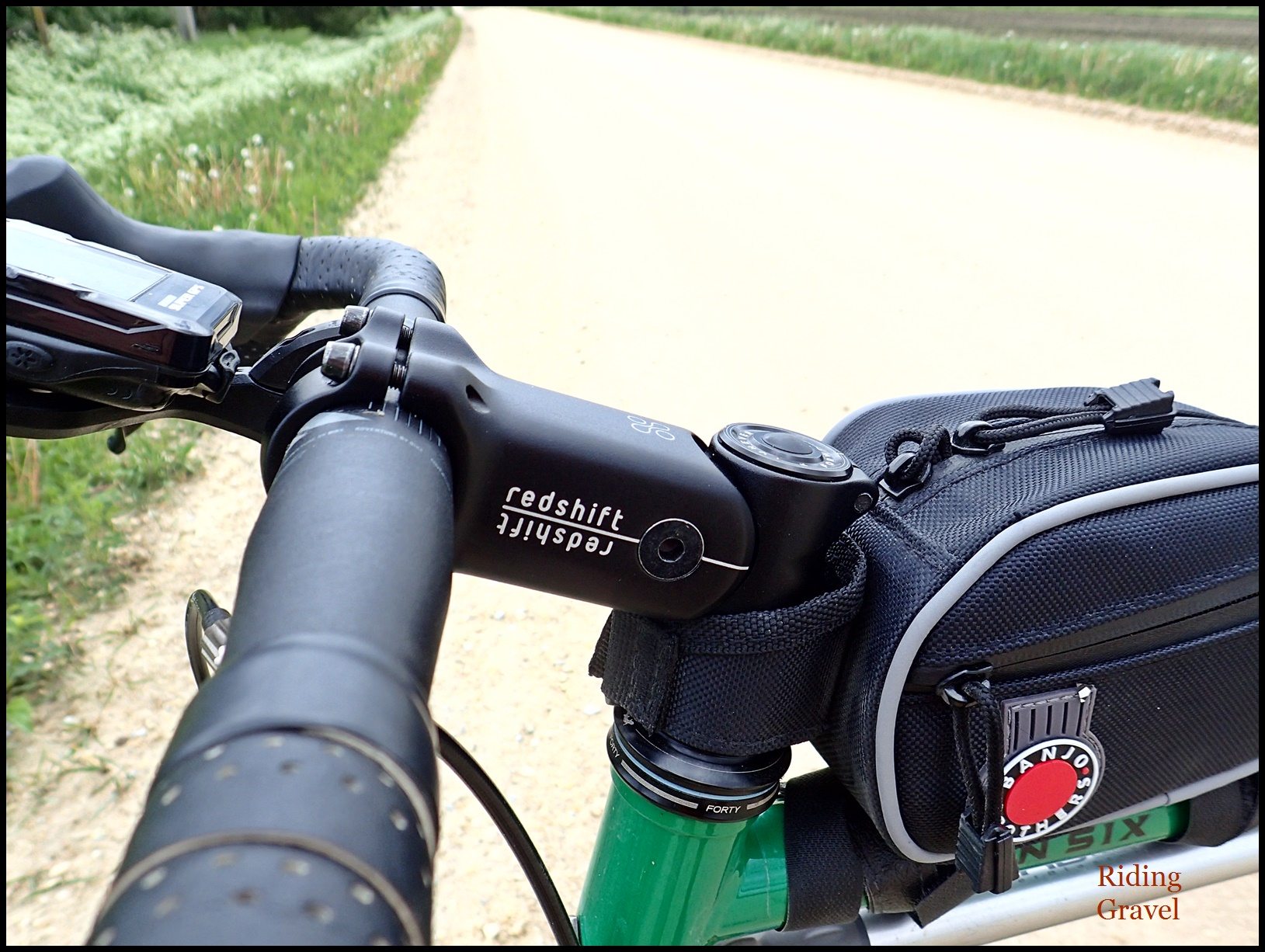

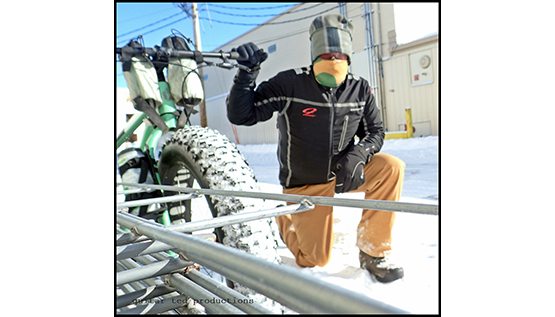
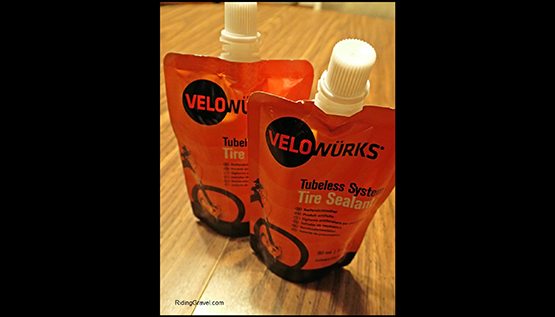
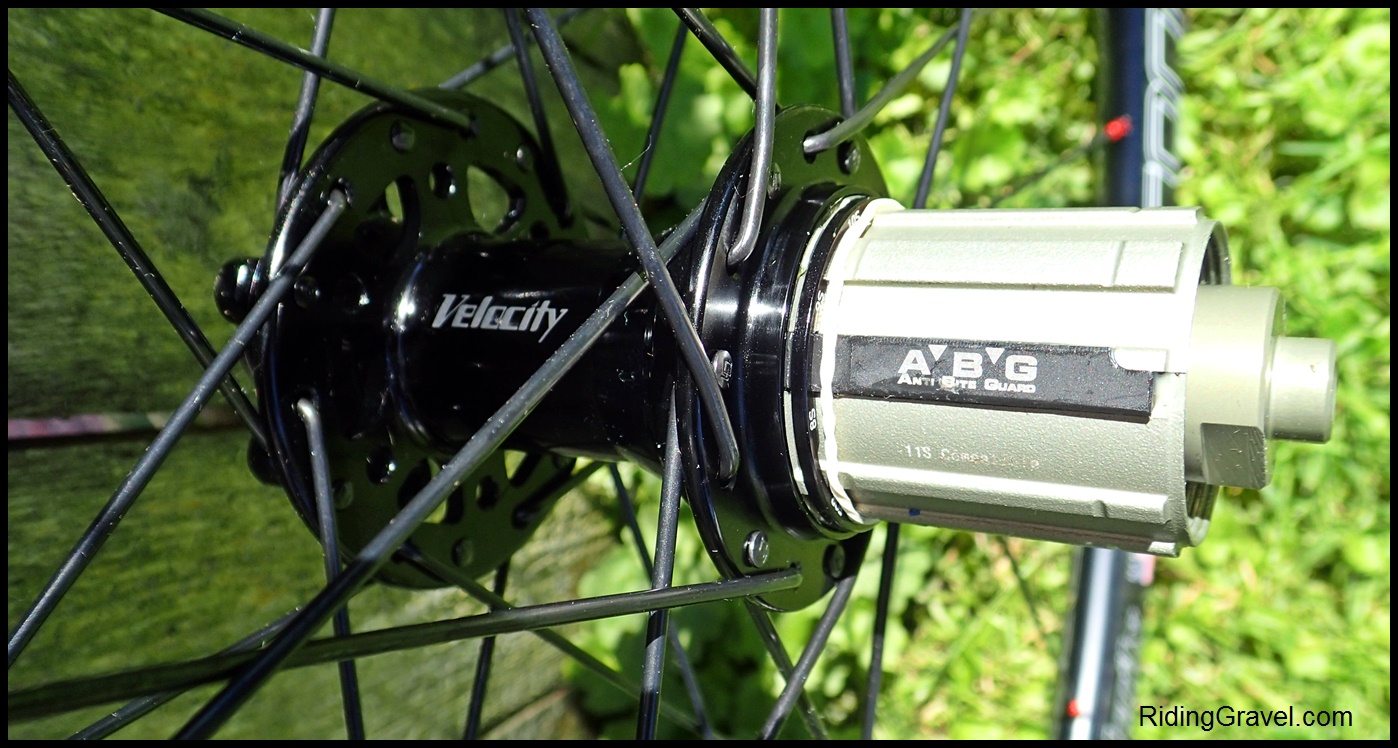

The 48-31 chain ring looks like the perfect bit of equipment for some of the gravel rides here in New England.
I too am stoked on the 31-48 rings but I’m unclear how big of a cassette we can use with it. 11-42 or 46?
@Ry- My chart on the GRX introduction piece shows Shimano’s recommendations, but the largest cog the GRX 11spd can handle with 2X is a 34T
The 40 and 42 large cassette cogs are recommended as 1X set ups. Now that said- those are Shimano’s recommendations, and I also put that question to my Shimano contact. He flatly answered “You cannot (do that)”.
Now will mechanics try it? I am quite certain they will. I would wait to see what the results of that are before I laid my cash out for such a set up.
In the 10spd RX-400 GRX you can get a 46/30T and use a 11/36T 10 speed cassette, which is the deepest gearing Shimano recommends with GRX.
A 31 chain ring paired with a 34 tooth cog in the back will get you up some steep gravel grades.
As I began to explore a new area after a move, I began to realize that gravel was a relative term and I needed something specific to my needs, namely a bike that rolled fast on pavement, had gears for extended, steep mountain grades and a shock because I am old and like the comfort and control going back down the mountain. So my bike was a bike that needed to handle gearing from 3mph on long rocky climbs to pedaling down pavement at 35mph. So I put together the following: 46×30 front with an 11-42 rear Sunrace cassette. I use an XT front derailleur and a Shadow SLX derailleur with a new 105 right shifter (with a Wolftooth Tanpan) and an old right shifter from a decade ago (I’m cheap sometimes). It is the first time I have ever bought a new chain, shifter, cassette and RD at the same time, so I should not have been surprised that it shifts better than anything I have ever owned. I did my first long, hard climbing ride on Saturday and it was the first time I completely forgot about the bike and just enjoyed the ride.
Having said that, there is one downside; the small ring will only work with the five largest cogs without rubbing the FD cage. The system, as it is, can actually handle the 46×42 though I don’t do it, so I am totally satisfied. I do not need 30×42 very often, but three or four hours into a ride when I hit extended dirt grades in excess of 12 percent, it is really nice to have.
I too have ridden up hills that average 12% for seven miles, gears are everything. I run a Sugino Alpina Triple, 48-36-24, with Campy Record 10 speed 11-30. This gives me nice tight gears for long paved stretches and all the gears in the world for going uphill. Bike shop owning friends are now shifting from their 1x preoccupation back to 2x setups because of the cadence issues on pavement, which are significant with 1x. We’ll often do big rides that are 50/50 dirt and pavement. I love my triple. Overlapping ranges don’t bother me one bit.
Ah, nice to ride bikes, isn’t it!!!
“In the 10spd RX-400 GRX you can get a 46/30T and use a 11/36T 10 speed cassette…”
If Cannondale put this on the Topstone and brought it to market for $1,250, I would camp outside the bike store to be first in line to buy it.
I have a Topstone 105. Apparently the R7000 rear derailleurs can un-officially shift an 11-40 cassette (https://road.cc/content/feature/246424-how-get-ultra-low-gearing-gravel-bike-adventures). No one will ever reach that $1250 price point at 105-level, however 🙁
Cannondale’s Tiagra-equipped Synapse Disc sells at this price point. It uses the same alloy frame as the Topstone.
The new GRX 46×30 crankset is only a few dollars more than the existing model. $1,200 is not wildly optimistic.
I think what’s interesting to note about being best to market instead of first-to-market, is that being first but not perfect is not an option. Being first is fine, but with strong competition where others prioritize being first, they never will be, because their quality standards for bringing something to market first are just the highest.
https://qz.com/763325/britains-world-beating-cycling-team-owes-its-success-to-a-world-war-two-management-technique-that-helped-rebuild-japan/
Still I believe we have to thank SRAM, I feel they push the market to understand and appreciate new products. In that way they actually create new markets. Once that’s clear Shimano will see the market, and produce something special. They may not be first, but this is the first dedicated groupset. Funny as it may sounds, for 80% of the road cycling population a 46/30 chainset with 11-34 cassette is much better than anything they are using now. So I do like that it’s off-road drop bar dedicated, but the gearing options Shimano is now marketing in the 2x sphere will create a market for more brands in the future, because people will in years to come all realize 46/30 suits them better than 50/34, so road groupsets will also end up with this gearing in the future. Another way Shimano can thank SRAM is that their focus on 1x leaves them a bigger part of the 2x off-road market. Together they still have most of the market, so this groupset will drive crazy profits for Shimano as all of a sudden they dominate 2x now. We could say the components market is competitive, but with only two big players, who aren’t exactly producing the same it’s just the sum of many monopolies if you zoom in on specific rider demands. And if it’s not a monopoly it’s just a duopoly. I don’t worry about either Shimano’s or SRAM’s profits for one second in years to come.
@Peter- I think you are almost all the way there with what I have been saying for almost a decade now. The thing we need to get turned around is how we think about “Road” components. You say, “Funny as it may sounds, for 80% of the road cycling population a 46/30 chainset with 11-34 cassette is much better than anything they are using now.”, which is what I agree with strongly and have advocated for since I mentioned the idea years ago. But where i think we need to really start wrapping our minds around a new way of thinking is the place where “Road”- as we think of it now- is “Racing Bikes” and “Road” becomes where GRX is taking us.
80% (conservative figure, I believe) of current drop bar “road” riders are on the wrong bike. This “gravel” (so-called, but grossly misnamed) bike idea is what I have been saying most of us need. Wider tires, less twitchy geometry, and now we have the gearing going in the right direction.
As for SRAM and Shimano, this is my take: SRAM is a marketing company. Shimano is an R&D company. We need both, and I agree that neither seems like it will be hurting for dollars anytime soon.
@Peter “Funny as it may sounds, for 80% of the road cycling population a 46/30 chainset with 11-34 cassette is much better than anything they are using now.”
I couldn’t agree more. I’d love to see the return of a triple crankset option at the upper echelon of Shimano’s product range, but the lower gearing options in GRX are a step in the right direction in terms of acknowledging the market for lower gearing on “road” bikes.
Yeah, theoretically 2* can be enough just like 1* when enough gears added. I believe 2* systems of 12,13,14 speed with 350-400% cassette spreads will ensure triples are not necessary in the future anymore, while even with a 14-speed 1x gaps between gears are just too big for cadence sensitive road racing when combined with a 500%+ gear range. But just off-road 14-speed should mean 2x dies.
Yep, 2* 12, 13, 14 is where things are headed, for better or worse. That will ultimately cover the bases folks are mainly concerned with (tight steps, big range, etc.), despite being less efficient than a triple in terms of friction. What sort of bugs me about this direction is that the shortcomings of current gearing offerings could be overcome by simply producing a quality triple. The moves to 12, 13, 14 cogs will probably be accompanied by different rear end spacing, new freehub standards, etc. all to optimize a 2* or 1* drivetrain. Makes the cynic in me see that as planned standard turnover to keep the industry humming with fresh stuff to sell.
What I like about Shimano’s announcement of a “gravel” component set is that it is validation, of a sort, of the types of riding that most of us do on a bicycle day in and day out. Once we have broken the paradigm of matching kit criterium rider or aggro enduro mountain biker cycling became a lot more enjoyable again.
My take is that SRAM is a R&D company of bright, disruptive young american and german mechanical engineers and marketing geniuses, and Shimano is a monolithically solid R&D company with semi-regular tendencies towards monopolistic business practices. This is partly why I’m increasingly interested in Campy components, which are really kicking ass right now, for my version or road/cross riding. I never should have taken up that offer of riding my friend’s bike with the new Record 12 speed mechanical disc group; now my SRAM Force 1 drivetrain seems so crappy in comparison.
Does the 10-speed GRX RD have the same actuation ratio as most of the Shimano 10-speed road line (and hence also compatible with 9 speed shifters)? Or is it the same as Tiagra 4700, which I’ve read is incompatible with the rest of the 10-speed road line? It’s not clear because in some other posts they’ve described 10 speed GRX as “Tiagra level.” But does that mean “Tiagra compatible” or “Tiagra quality”?
@vince- It means “Tiagra quality”. They are workable with current 10 speed Tiagra shifters. So, I assume NOT compatible with 8speed stuff. Plus- the rear derailleur is Shadow Plus, which also wouldn’t work with 9spd road.
My guess is that its 4700 compatible, which uses 11 speed cable pulls. The existing toggle link FDs are all compatible with long arm FD designs, so this is probably the same. So it’s 4700 compatible but not 4600 compatible. So to answer your last question: it’s both assuming the latest Tiagra.
I really like Shimano’s approach here. They are going to sell lots of parts for upgrades due to the compatibility with other groups. Compare this with Sram AXS where you have to replace everything at once including your freehub.
I’m thinking about the 11-asked rear derailleur with a clutch to swap or for the 105 on my Jamis Renegade.
I’m still hoping that Sram will come out with a dropbar shifter/brake-lever for the Eagle drivetrains. I prefer 1x drivetrains with 500% (10-50 cassette) or wider ranges. I think, the Eagle is the best drivetrain ever made for Mountainbikes and I think, it could be the best drivetrain for Gravelbikes also. I don’t want to go back to 2x or 3x drivetrains. The 2x GRX drivetrain is just a Mountainbike drivetrain from 10 years ago. Let’s move forward. Front deraileurs worked crappy than and they still work crappy now.
Actually I think it depends. I am a fan of 1x, but if it’s not rough off-road terrain, and speeds are higher compared to medium/difficult singletrack, I think 2x is still better. You still have more gears with narrower gaps. If it’s not rough off-road terrain, front derailleurs can work pretty well actually. If you are that picky about performance you have to be honest about friction with 1x drivetrains as well. If I understand you correctly, what you want already exists, it’s called a mullet bike by SRAM where you combine an Eagle AXS rear derailleur with a road front ring. You could have a 40t up front with an 11-50 cassette. If you mix and match GRX-600 and GRX-800 components you will be 4-5 times cheaper I suspect, but if money is no object just go ahead and build that mullet bike. Besides performance, I have to admit nothing looks better.
The only reason that anyone is even considering a 2×10 GRX drivetrain is that many 1x Gravel drivetrains come with a paltry 11-42 cassette which has only a 382% range. A drivetrain with a 382% range is only adequate where it is mostly flat. If you live anywhere with hills or mountains, it’s not enough range. A Gravelbike probably needs the most range of any bike. A very low gear for climbing steep singletrack and a very high gear for descending smooth steep pavement. If someone would invent a 1×13 (9-54 cassette) drivetrain with a 600% range, that would be the drivetrain I would want for my Gravelbike (and my Mountainbike, also). I don’t want no stinking front derailleur!
I agree that a gravel bike needs a wide range of gears. But it also depends on your performance level. I believe with or without road link we will see bikes with (46/30)*(11/40). This would give you plenty easy gears with easiest gear .75 (Ideally I believe easiest gear of up to .8 is fine). Then if the hardest gear is 46/11 this is not a gear you spin out and on descents you likely better tuck in. Mind you this is a range of over 550%. Plus the narrower gaps a 2x will give you. This would be my ideal set-up for mixed terrain for me. And I believe mechanics will soon prove it to work
For me Shimano is the Evil Empire because they started two things.
1)
Don’t provide small replacement parts, forcing worn or slightly damaged components to be completely replaced in stead of fixed/repaired
2)
Proprietary everything making mixing and matching components between manufacturers very difficult or impossible.
@Charles Dostale- You just described the entire bicycle industry. And in SRAM’s case, they probably have warranted more components in the last ten years than Shimano has in its entire history. (Perhaps in hydraulic brakes alone)
The new GRX groupset appears to offer only a few marginal improvements over the current Ultegra — in part because the needs of gravel cyclists have already resulted in more Shimano options with the wider-range cassettes and clutched RDs. And I think the progressive brake actuation in the new GRX levers is already included in some existing Shimano brifters.
So, what are we left with? A few subcompact cranksets, which will likely reduce the demand for the aftermarket alternatives, brifters with a (potentially) slightly better shape, and a new FD that will allow a bit more tire clearance on some (probably a few) frames.
I have a drivetrain cooked up by my LBS owner based on Ultegra Di2. It has 46/34 chain rings and using a Lindarets road link with the mid cage derailleur it shifts an 11/40 cassette quite well. I would, however. occasionally drop a chain. I grabbed the new clutched derailleur as soon as it became available. With that derailleur the system is extremely smooth and reliable. I’m betting you’ll see 2x GRX systems with big cassettes in no time.
I’m waiting for suspension gravel shifters to go with my flexible gravel bars, redshift stem, lauf fork, and 27.5×3 tires.
I am running an FSA 46/30 crank with 11-42 XT cassette and derailleur on a gravel frame and it works flawlessly. Not sure why Shimano can’t do that with GRX group.
I think this is great.
It doesn’t mean it’s the best for everyone. It doesn’t mean you need to rush out and replace the drivetrain and brakes you have now.
But, for people looking to put a drivetrain on a gravelbike from now on, it will offer some very useful options.
I really like that they considered the hood shape and lever pivot of the brakes. It’s is cool that they have thought about things beyond just “more cogs” or “lighter and stiffer”. I personally like my first or second generation SRAM hydraulic grifters because they offer a tall hump, creating a secure grip and “poor mans aero bars”. It was only the aesthetic desires of traditionalist roadies that forced the move to ever lower hood humps.
That low profile shape is a legacy of the original road bike brake levers that were never designed to be used (significantly) from the hoods. So, I think it’s high time that companies revisited that fact and optimized the brakes and shifters to be used from the hoods.
Ironically I do not see this as gravel specific though. Modern road(racing) bike setup has the bars very low, with the default position being on the hoods, and the drops only used infrequently. For gravel however, the best set up is one where the drops can be used much more often, to provide comfort and control on rough or loose surfaces.
I also like that they addressed front derailleur clearance for bigger tires. That again is true improvement and in this case, really is gravel specific.
As mentioned by other people, the smaller size chainrings are a benefit to all riders, but especially to recreational riders.
I think the low gear crankset is great, but it would be nice to see another option with a small jump as well, something like 44/32 or so.
As Easton points out in with their gravel crankset, a fixed tooth jumpis a truly a bigger effective jump in smaller chainring sizes.
Let’s look at a classic road racing double: 53/39t. Leaks say(wishfully) that many of us have 80% of the speed of pro road racers. Then we would have a similar experience using a 42/31t crankset!
I realized some people want a super wide range of gears, as wel as small steps between them, so the wide range crankset is certainly a useful option. But it would seem that for the majority of riders a more normal gap would be more useful, since it reduces the need for compensating shifts in the rear, and it allows a rider to stay in the same chainring longer.
Since there is all talk of cranks here I have a question. I luv the Geometry of my Roker Comper, the way it rides, handles and seems to fit my body. Probably not the fastest bike out there but fast nuff for me. I am wanting to go 2x on it. I know I probably could just put on a 2x crank and then maybe stay with the Sram Rival stuff that is on it. I also could go the Shimano route and then everything I think would have to go. Curious as to anyone on this forum has switch out 1x Sram to 2x Sram and left the right side the way it is. I don’t need weight weenie carbon cranks but probably would enjoy something mid range in the 48/31 range. Any help/suggestions would be greatly appreciated.
Thanks
Zman
Just found this as i was Reading through Some older forum Posts on gearing:
Looks like you get your wish!
“HollyBoni
Senior Member
256 posts
11/12/17
A 46-30 with an 11spd 11-36 would be perfect for me I think. I hope there are going to be more options from the bigger manufacturers (maybe even with optimzed FDs) for non astronomical prices.
Oh and 2x clutch RDs that are compatible with brifters from the factory, thanks! [biggrin]”
“2x clutch RDs that are compatible with brifters from the factory, thanks!”
already exist. SRAM type 2.x 10 speed MTB (X7, X9, X0 and XX) works out of the box with SRAM 2×11 road levers.
And the same deraillures works with Campagnolo 10 speed Ergo’s & SRAM/Shimano 10 speed casettes. (running Chorus 10 speed Ergos, SRAM X0 type 2.2, 50/34 cranset & 10 speed shimano/SRAM 13-40 and 11-36 casette).
Dang- one missing component on my wish list: a brifter with 2x shifting AND a dropper post controller. Seems like it would be easy to pair the cable-pull dropper lever with Di2 shifting but it’s not there. Sram AXS got this right but the price is out of my league.